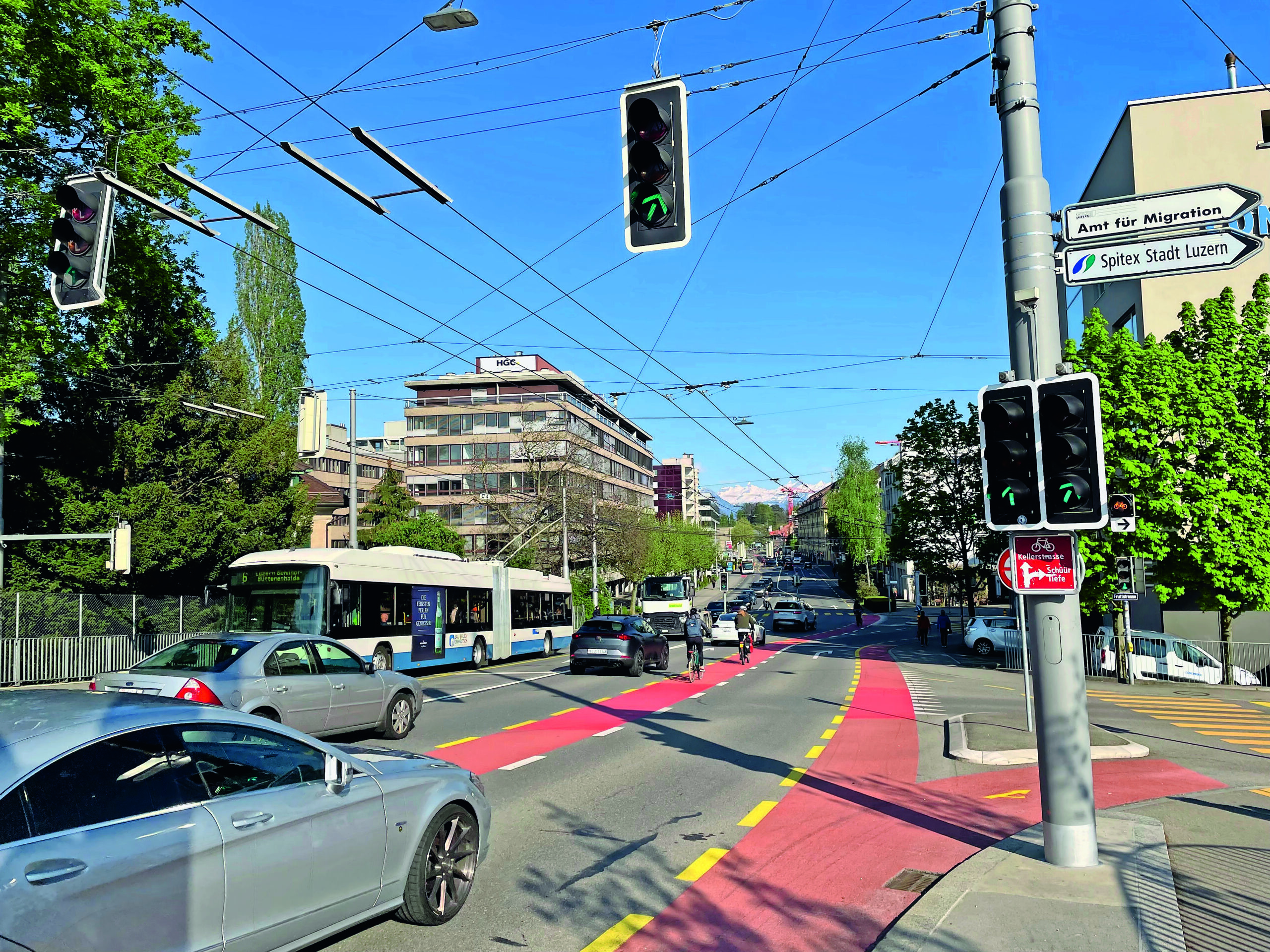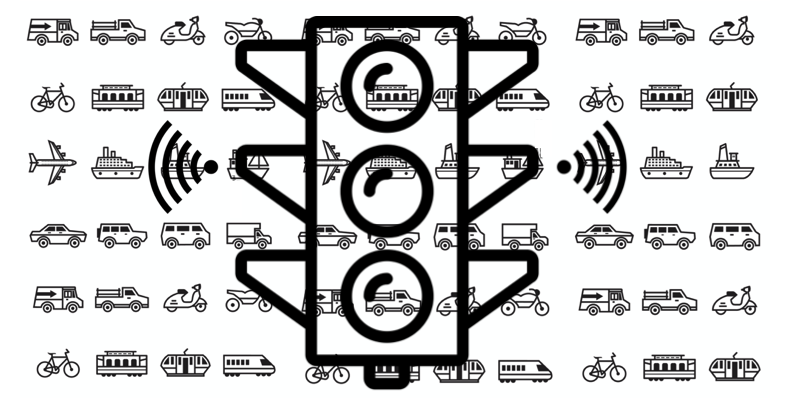
About Lumisera
- Founders: Christian Heimgartner and Stefan Lämmer
- Founded in: 2021
- Employees: 3
- Money raised: self-funded
- Ultimate goal: Automating multimodal transport systems.
Traffic congestion is a major problem for people traveling by car in cities. One of the causes is that traffic lights often fail to respond to actual traffic situations. Lumisera have developed a controller that enables traffic lights to self-regulate so that they can continuously adjust to traffic volumes. Christian Heimgartner is one of the two founders of this ETH Zurich spin-off – Swiss Federal Institute of Technology – and spoke to Innovation Origins about his company and the solution it is bringing to the market.
How does your system work?
“With the help of data collected from cameras and sensors, we look at the traffic approaching an intersection second by second. Based on this information, the controller makes a short-range forecast, which is used by the algorithm to calculate what solution would work best to keep traffic flowing. This process repeats itself every second. The solution opted for is then used to optimize green lights in a distinct and direct way. It is totally dependent on what is happening on the road.”
How does traffic light planning work at the moment?
“Usually, traffic control systems run according to a schedule. Basically, there are different configurations for different times of the day – especially where there are traffic flow variations throughout the day. In other words, there are different settings for the morning and evening traffic. Such plans can be changed if, for instance, there are construction works near that intersection. However, these practices are time-consuming, and the technology we offer doesn’t need any settings to be changed, because it adapts itself by the second.”

What about traffic management between different intersections?
“If you want to set optimal green light flows, communication between different traffic lights has to be in place. In fact, our system links different intersections to each other. Traffic lights exchange information about what is in progress, and each of them can inform the others about how many and which vehicles are about to reach them, in order to adjust the traffic light signals and waiting times accordingly. This aspect is really important when intersections influence each other.”
How are your tests going?
“We are currently testing the system in three cities in Germany and in two in Switzerland. So far, we are really happy with how it works. Obviously, the bigger the traffic volume, the harder the traffic management. Nevertheless, even when intersections are busy, the system can find slots for buses – which have a higher priority in our algorithm than other road users. In this regard, public transport companies we worked with liked our system, as it helped them to cut down delays and to make their rides more efficient.”


What will be next for you?
“So far, our main focus was on developing the controller, and to make sure it worked. We’ll now focus on integrating some tools into it. Right now, we can set up the controller, but the operator can’t do anything themselves because the right tools are lacking. By giving them these kinds of features, they can customize further some features of the controller themselves. In addition to that, we also would like to expand the traffic engineering services we can offer.”


